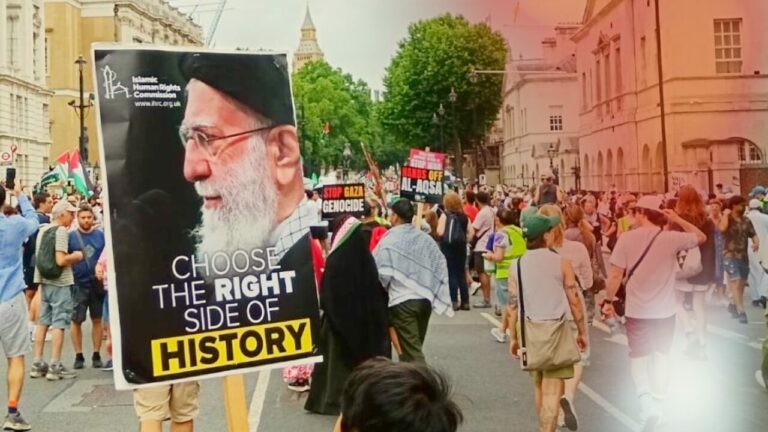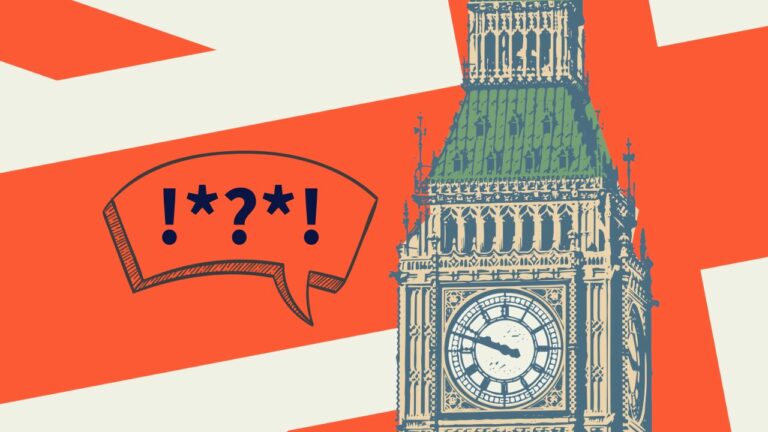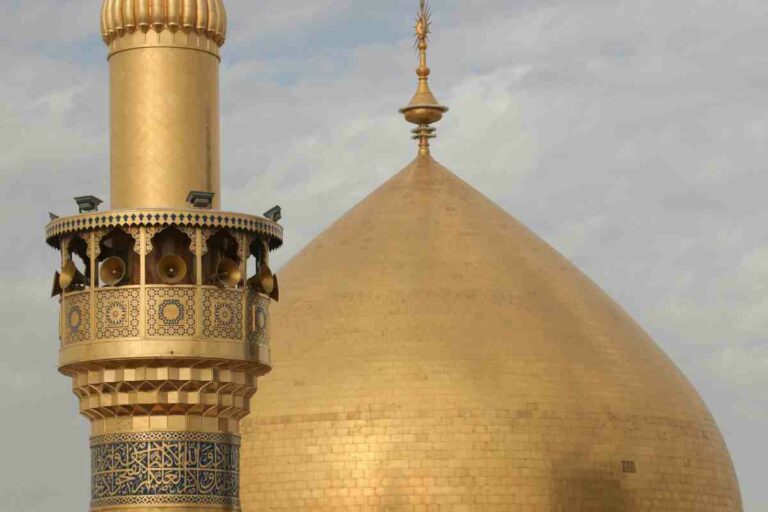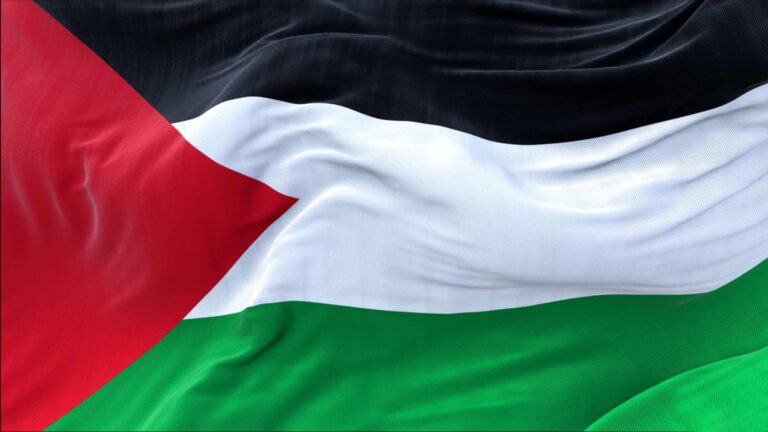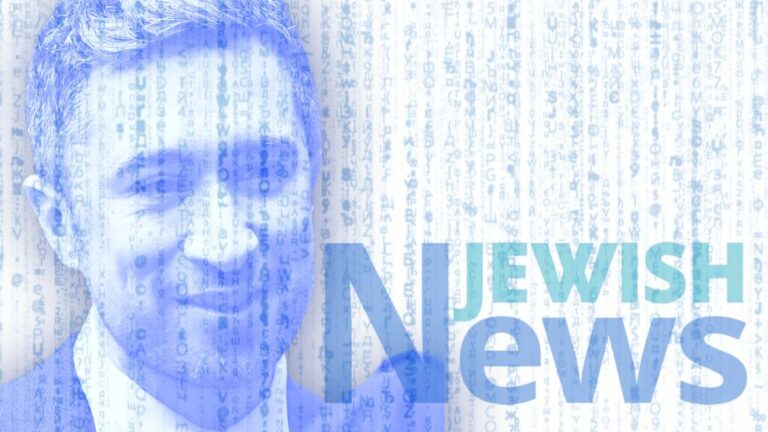Abstract: In this comparative study of Islamic and secular resistance movements in the Muslim world, the writer traces the roots of both and discusses how in contemporary times, resistance movements in the Muslim world have reclaimed their Islamist roots after a period of failure during which they turned to secularism for inspiration. The article was first published in Monthly Review in October 2007.
Secularism in the political leadership in the Arab world has had a very short life-span if put into historical context. It became a dominant political current for a few decades in the latter half of the twentieth century, and today is seeing a near complete collapse in political movements struggling for independence and development in the region. Different Islamic leaders have been the main political inspiration for Arabs in their liberation movements. Salahuddin al-Ayoub, more popularly known as Saladin, who liberated Jerusalem from the Crusaders in the twelfth century is probably the Islamic leader most widely known outside of the region. Saladin’s legacy remains a profound source of inspiration for Arabs, especially so for radical Islamists who not only see the parallels with today’s military invasions and occupations, but directly employ this history in their political agitation in their fight against what they consider to be modern-day Crusaders. More recently, Political Islam was at the forefront of the fight against colonialism in the twentieth century. There are examples of movements and leaders from every Arab country, but some of the more well-known include Sheikh Izz al-Din Qassam, after who Hamas have named their armed wing. Sheikh Al-Qassam was killed by the British colonialists in Palestine in an armed confrontation; his death sparked what some call the First Palestinian Intifada from 1936 to ’39. In Iraq Shia Islamists united with their Sunni counterparts against the British colonialists in 1920, a popular uprising from which one of biggest present-day Iraqi Islamist insurgent groups, the “Brigades of the 1920 Revolution” takes its name. Shia Islamism in Iraq can also be linked to the emergence of the Lebanese Hizbullah. Shia Islamist scholars such as Fadlallah, a prominent radical Shia scholar based in Lebanon who has close ties to Hizbullah, were immigrants to Lebanon from the religious centres of Iraq and Iran. On a theoretical level it has been the ideas of Muhammad Abdu and Al-Afghani in the nineteenth century, and further back to Ibn-Taymmiyah from the fourteenth century who have been some of the most important contributors to Islamist ideology.
While one can trace back the influences on modern Islamism from the region’s own history, making it an integral part of the political identity of the people and their struggles, in contrast it was the cultural and political influences from outside of the region in Europe that influenced modern secular Arab Nationalism. The founding father of modern secular Arab Nationalism was Syrian Sati al-Husri, who was inspired by French republicanism and nineteenth century German nationalism. Arab Nationalism became the ascendant political force in the post Second World War period.
Like the rest of the “Third World,” the post-Second World War period saw the increasing strength of secular and left-wing nationalist currents in the region, inspired by the example of the independence and social development of the Socialist Bloc in the face of neo-colonial hostility. The USSR’s, East European Socialist countries’, and China’s direct or indirect support to radical Third World movements also played a major role in their growth.
It was the pre-eminent secular Arab Nationalist Gamal Abdel Nasser of Egypt whose nationalisation of the Suez Canal signalled the pinnacle of the modern Arab renaissance. This in turn brought about an unprecedented atmosphere of Arab confidence that invigorated various trends of Arab Nationalism, a period in which branches of the Arab Nationalist and Socialist Ba’ath Party came to power in Syria and Iraq. The Arab National Movement, mainly based in Beirut, developed into various left-wing forces such as the Marxist Popular Front for the Liberation of Palestine (PFLP) who put the largely unknown tragedy that befell the Palestinian people onto the world agenda by being the first Arab armed group to hijack passenger airplanes. And of course Yasser Arafat’s secular and left nationalist Fatah led the Palestinian national revolution by the late 1960s.
In this same period Islamist forces had also been gaining momentum and were often in the ranks of the independence movements. Those inside and outside of the region with vested interests in opposing the anti-imperialist leftist and nationalist surge supported sections of Political Islam that were in opposition to the secularists. In the light of the complex interaction between the two political movements, this relationship is all too often over-simplified. In Algeria the National Liberation Front (FLN) was an Islamist nationalist movement as much as one inspired by the ideas of Fanon, Mao, and Che Guevara, although the Islamist current was purged shortly after independence. Many of the original Fatah leadership (including Arafat by his own claims) belonged to the movement to which Hamas is the “Palestinian branch”: the Muslim Brotherhood or “Ikhwan-ul Muslimeen”, a major force of mass radical anti-imperialism after World War Two with branches throughout the Arab world. The Ikhwan was strongest in Egypt, the home of its founder Hassan al-Banna. Another Egyptian leader of the Ikhwan after Hassan al-Banna’s death, Syed Qutb, was possibly modern Political Islam’s greatest strategist and thinker. He was executed by Nasser’s regime in 1966 after being accused of plotting to overthrow the state. Initially Nasser’s Free Officers and the Ikhwan were allies in the struggle against the British, before Nasser’s regime conducted a massive repression against the movement, jailing and cruelly torturing many of their activists. A fact little known outside of the region is that the Palestinian Ikhwan also played a major role in the resistance against the establishment of Israel in Palestine in the late 1940s.
The 1967 defeat of Nasser and the Arab armies by Israel can now clearly be seen as the beginning of the decline in leadership of the secular forces. As soon as the left nationalists in the Middle East gained power, their leadership in the struggle against Zionism and neo-colonialism began to wane. While much of the 1970s saw struggles being conducted and led by left nationalist forces, this decade also witnessed a qualitative shift in favour of radical Islamism. The Arab people were incensed when the Arab Republic of Egypt under President Sadat sued for peace with Israel, giving the Ikhwan and other more radical Islamists a greater hearing from the masses. The event which contributed to the growth of the Islamists more than any other was the overthrow by Islamists of the West’s strongest ally in the region after Israel — Iran under the Shah — which was up to then “an island of stability” according to former US President Carter.
The two most important manifestations of the growth of radical Islamist movements in the 1980s were the Lebanese Hizbullah which was directly assisted in military training and infrastructure by the Pasdaran, an Iranian military force, and Palestinian Islamic Jihad (PIJ). Both movements saw Iran as their chief inspiration.
PIJ were the first openly Islamist movement to conduct armed struggle against the Israeli occupation in the early 1980s, and the first movement in the Sunni community to use the controversial tactic of kamikaze attacks. At the same time the Palestinian Ikhwan were involved in building up a network of charitable and religious organisations that were invaluable social institutions to the lives of many Palestinians, especially in Gaza. The Ikhwan established the Islamic University in Gaza in the late 1970s. The construction of such a centre of learning, debate, and activity constituted a big step forward for them and forged a new generation of Islamist-educated youth. Nevertheless, PIJ was a challenge to the Palestinian Ikhwan as it was the only Islamist armed resistance to Israel at the time. This meant that many young Ikhwan members either joined PIJ or put pressure on their leadership to develop and implement a militant strategy for the Palestinian revolution. The fact that one of the most charismatic and astute ideologues of the Palestinian Ikhwan, Fathi Shiqaqi, had split and formed PIJ must have added to the Palestinian Ikhwan’s image at the time as a movement unable and unwilling to address the challenges of the Palestinian liberation struggle. This possibly speeded up the preparations of Sheikh Yassin and other leaders of the Palestinian Ikhwan for armed struggle which came to fruition with the establishment of the Harakat al-Moqawama al-Islamiyya, the “Islamic Resistance Movement” or Hamas — on the second day of the Palestinian Intifada in 1987. The initial document that Hamas issued in 1988, “The Charter,” is problematic as it gives credence to the fabricated Protocols of the Elders of Zion. It has to be borne in mind that this anti-Semitic document has wide currency across much of the political spectrum in the region due to the West’s support for Israeli settler-colonialism, and the feeling of powerlessness amongst the masses in the face of Israeli aggression. Hamas issued various subsequent communiqués which give a more accurate exposition as to their ideology, strategy, and tactics.
The PLO claim that the 1987 Intifada was led by them and that they were the “sole legitimate representatives of the Palestinian people.” It has been argued by Dr Azzam Tamimi, in his new book on Hamas, Unwritten Chapters, that the PLO’s jealous guarding of their claim to leadership may have been partly due to Hamas playing a major role in the Intifada and challenging the PLO’s claim to leadership.
In an ironic twist of history, it was the Western and Chinese-supported Afghan mujahideen who fought against the Soviet army and pro-Soviet government in Afghanistan that gave further impetus to the development of modern militant Islamism which was soon to become a powerful force against neo-colonialism in the region. The Afghan jihad allowed militants to overcome the rivalry among themselves that existed along national and ethnic lines. Overcoming these divisions and forging Pan-Arab and Pan-Islamist unity were some of the main strategies of Bin Laden and Zawahiri in the construction of their organisation that was to become the violent “World Islamic Front for Jihad against Crusaders and Jews” or more commonly known as Al-Qaeda, meaning “The Base,” formed in 1998. Initially for Bin Laden, Zawahiri, and others, Afghanistan was the base for international jihad, today it is mainly Iraq.
By the late 1980s the popularity of Islamism and the Islamist movement was such that the hitherto secular Arab Nationalist Saddam Hussein, like Muammar Qaddafi before him, started to formally synthesise Islamism with Iraqi and Arab nationalist ideas into the social and political fabric of Iraq. The most outwardly visible example of this was adding “Allah u Ahkbar” — God Is the Greatest — to the Iraqi flag during the war against Iraq in 1990. Saddam Hussein initiated a massive mosque-building program and attempted to co-opt the Islamic revival that was taking place into the Ba’ath’s strategy of positioning Iraq as the vanguard Arab country resisting neo-colonialism. Saddam Hussein may have chiefly been responsible for contributing to today’s synthesis of radical Arabism and Islamism, a view advanced by Jerry Long in his book, Saddam’s War of Words. The 1990 war against Iraq saw for the first time a unity between left-wing, nationalist, and Islamist forces in the region and beyond against Western aggression.
The US’s establishment of large military bases in Saudi Arabia during the campaign against Iraq fundamentally shifted the position of many Islamists who had been hitherto allied with the US against nationalists in the region. These Islamists, Osama Bin Laden being the most well-known amongst them, could not sit idly by and see the Islamic lands of Iraq and Saudi Arabia occupied by the US. This was compounded by a realisation amongst some Islamists that the US and Britain were not going to allow them to use their own oil wealth for the benefit of their own countries. Western oil exploitation was going to mean that the only natural wealth of the Gulf — oil — was going to run out in the next four decades or so and that they had to fight to wrest control of their own oil from the West before they were left with nothing. These political shifts culminated in the establishment of Al-Qaeda and many other organizations that share their military vanguardist outlook, and many more yet that share their political aims of an Arab world free from Western domination.
Today one sees the shift from secular nationalism to Islamism nearing the final stages of completion. Ghaith Abdul-Ahad writing for The Guardian on June 12th from Palestinian refugee camps in Lebanon vividly described this transition, contrasting the “ailing, ill-equipped and ill-fed fighters of the old secular factions” and “muscular, bearded and well-equipped jihadis” funded through the network of Islamist organisations that spans the Middle East, and describing the migration of Palestinian radicals, both young and middle-aged, from the former Marxist camp to that of the Islamist. As one Marxist in his 50s told Abdul-Ahad, “I have never lost my political compass. Wherever the Americans and the Israelis are, I am on the other side. So if Hizbullah and the Iranians and the Islamists are against the Americans now, so I am an Islamist.” Highlighting the continuities between armed secular groups of bygone times and armed Islamist groups of today, a PFLP leader explains to Abdul-Ahad that “most of those jihadis were once fighters with us and other Palestinian factions . . . if you come to me and give me $100,000, I will split from the PFLP and form the PFLP: Believers’ Army. It’s so easy.” Another secular leader explains the hopelessness and anger at their position which drives these wretched youth of the Arab world to militancy: “we have young men who have nothing, no hope of a nation, no hope for the right of refugees to return, nothing but the two streets of the camp. With this situation I wouldn’t be surprised if half the camp becomes jihadis.”
Islamists have always been at the forefront of the struggle against colonialism and neo-colonialism in the Middle East since the times of the Crusades. Most academics, policy makers, and those who support the independence and development of the Arab world have some knowledge of the post-Second World War period when Islamist movements were supported by those who saw them as a counterweight to the secular anti-imperialist movements of various Arab Nationalists and Marxist trends. Further study and reflection on the contemporary history of the Arab world may on the other hand lead to a more nuanced understanding of this relationship, rather then labelling one side “reactionaries” and the other “progressives.” Perhaps it is time to move away from this outdated and problematic terminology. Islamists see themselves at least as equals to the radical secularists if not the rightful owners of the leadership of the national and social liberation struggle. The end of the strife between the Islamists and what remains of the secularists in the anti-imperialist struggle is a sign of the strength of the independence movements in the Arab world, and is not just attributable to the weakness of the secularists. Furthermore, the Islamist leadership in this struggle such as that of the Iraqi resistance, without the support that the secularists enjoyed from the Socialist Bloc, is indicative of the strength of their ideology’s roots in the history, culture, and identity of the masses in the region.

